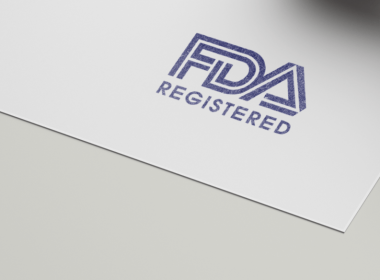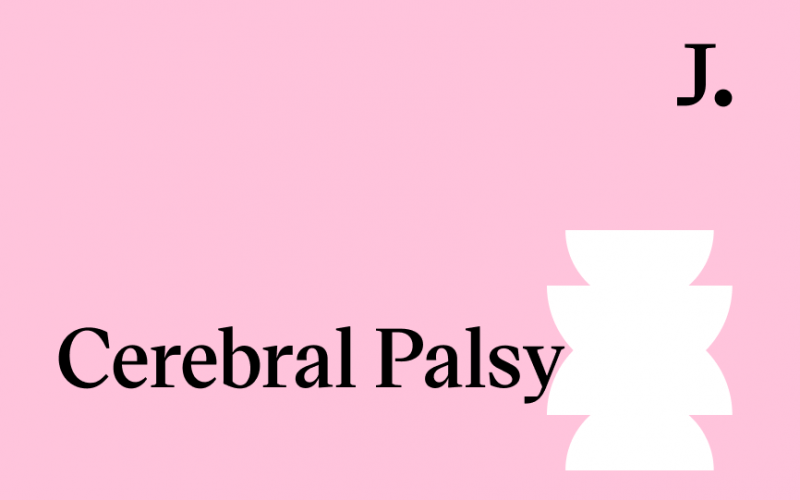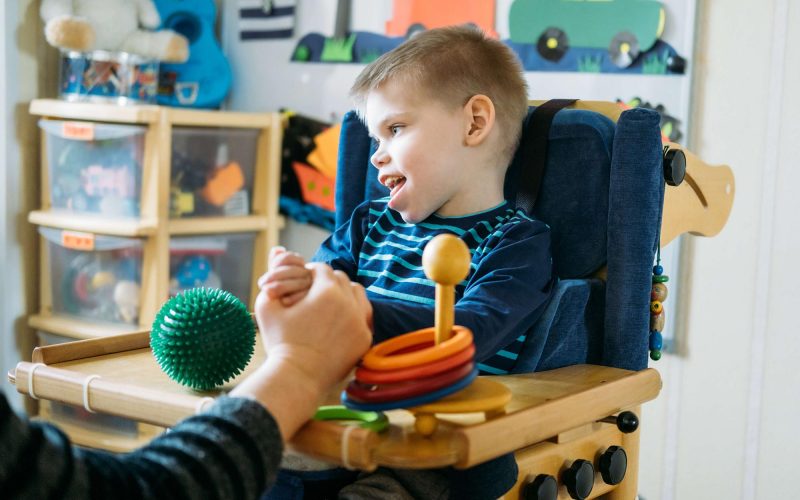Doctors do not know what causes cerebral palsy in most cases. However, certain risk factors can increase a child’s chances of developing cerebral palsy. Risk factors can be related to the mother’s health during pregnancy, the child’s development in the womb, actions taken by healthcare professionals during delivery, and a child’s unique environment.
While not all risk factors can be prevented, medical personnel and parents can work to minimize certain known risks. Parents can work with specialists to foster independence and help children with cerebral palsy have a better quality of life.
What is Cerebral Palsy?
The Centers for Disease Control and Prevention (CDC) defines cerebral palsy as “a group of disorders that affect a person’s ability to move and maintain balance and posture.”
However, children with cerebral palsy can have varying levels of disability. For example, some children may only need to use leg braces to walk, while others will be wheelchair-bound.
Cerebral palsy can develop because of abnormal brain development or brain damage. Babies are particularly vulnerable to developing cerebral palsy before birth or within their first few years of life.
Risk Factors vs Causation
The exact cause of cerebral palsy is unknown. Risk factors do not necessarily cause cerebral palsy. So, just because certain risk factors are present does not mean that a child will always develop cerebral palsy. However, if multiple risk factors are present, the chances of a child developing the condition will increase.
Many risk factors involve events or health problems that can damage a child’s brain or contribute to abnormal brain development. Knowing the potential risks can help new mothers and their medical teams formulate protective strategies. Some risk factors can be reduced, while others cannot.
Types of Cerebral Palsy Risk Factors
Cerebral palsy risk factors fall into several categories. While a baby is still developing in the womb, the mother can have certain illnesses and infections that cause harm to the baby. In these cases, the child’s developing brain can be affected which may potentially develop into cerebral palsy.
Other factors directly impact the child’s safety and health. These risk factors can involve the child’s development, the actions of medical personnel during delivery, and elements of the child’s environment within and outside of the womb.
Maternal Risk Factors for Cerebral Palsy
While a baby is still developing in the womb, problems with the mother’s health can increase a child’s risk of developing cerebral palsy. For example, if a mother contracts the following infections during pregnancy, a child may have a higher risk of developing cerebral palsy:
- Toxoplasmosis, which is caused by a parasite
- Rubella, which is a viral infection, also called German Measles
- Cytomegalovirus (CMV), which is also a viral infection
- Herpes, which is a viral infection that can be sexually transmitted
- Syphilis, which is a bacterial infection that can be sexually transmitted
- Zika virus infection, which is largely contracted via a bite from an infected mosquito
In addition to these infections, other maternal factors can also increase the risk for cerebral palsy, including the following:
- Exposure to toxins such as mercury
- Seizures
- Fever
- Abnormal thyroid levels
- Substance abuse, including alcohol, tobacco, or illicit drugs
- Use of infertility treatments
Women need prompt treatment for any infections or exposures to harmful substances, for their health and that of their developing child. Women can also ensure they receive appropriate vaccinations to help prevent certain maternal infections.
Expectant mothers can also seek guidance from prenatal care specialists to get the help they need and increase their chances of a healthy pregnancy. Finally, women seeking fertility treatment can work closely with fertility specialists to reduce the risk of complications.
Labor and Delivery Risk Factors for Cerebral Palsy
Even when mothers receive the best possible prenatal care, factors related to labor and delivery can increase a child’s risk for cerebral palsy. The following risk factors can increase the likelihood that a baby develops cerebral palsy:
- Accidental trauma during delivery, such as a child experiencing a head injury during delivery
- Inadequate oxygen during birth
- An infant experiencing heart problems or difficulty breathing during delivery
- A delivery that involves more than one infant, such as if a mother is delivering twins or triplets
Doctors must follow certain standards of care and appropriate safety procedures throughout labor and delivery to ensure the health and safety of a mother and her child. They must also be able to adapt to changing needs during labor and delivery. For example, doctors may need to change to a Cesarean section delivery if vaginal delivery poses too much risk. Efficient teamwork, clear communication, and regular monitoring are essential to ensure a healthy labor and delivery process.
Infant Risk Factors for Cerebral Palsy
Some infants have a higher risk of developing cerebral palsy based on early illness, trauma, or development. The following factors can contribute to a child’s increased chances of developing cerebral palsy:
- Head injuries
- Infant stroke, which can cause brain damage
- Infections in the central nervous system, including those that cause inflammation in the brain
- Genetic disorders or abnormal chromosomes
- Infant brain bleeds, potentially caused by strokes
- Untreated, severe jaundice
- Low birth weight, particularly among infants who weigh less than five and a half pounds
- Premature birth
- Infant seizures
- Differences in blood type between the mother and the baby
To combat these problems, doctors and parents can monitor an infant’s health and act quickly to treat any developing health problems. Consistent care after birth and measuring developmental milestones can help adults be on the alert for any indicators of cerebral palsy in a growing infant.
Environmental Risk Factors for Cerebral Palsy
In addition to a mother’s risk factors, labor and delivery factors, and individual infant factors, it is important to consider potential risk factors for cerebral palsy related to a child’s environment. For example, consider the following factors that can make it more difficult for women during pregnancy and for infants after birth:
- Access to healthcare facilities: Women in areas with limited access to healthcare facilities might not be able to get prenatal care or regular infant checkups.
- Income: Depending on their insurance, women may not be able to afford proper prenatal care. This may cause them to miss important prenatal tests and bloodwork which can help spot dangerous risk factors early on.
- Housing: A living situation can increase prenatal cerebral palsy risk factors. For example, women in older housing areas or lower-income neighborhoods might have a higher risk of exposure to dangerous contaminants.
- Social support: On their own, new mothers can be vigilant and protective of their children. But women who have help from others can sometimes get the extra push they need to get treatment for infections, end substance abuse, and get proper prenatal and infant care for their children.
Reducing environmental risk factors may involve seeking help from multiple people and groups. For example, friends and community members can work to help get women to doctor’s appointments and checkups and provide support and encouragement during and after pregnancy. Charities and other organizations may be able to help women get the baby items they need to keep newborns safe and may also be able to provide financial support to mothers.
Staying Alert for Risk Factors
Identifying risk factors often requires an increased awareness of needs. For example, women must learn to watch for signs of infection while pregnant. Doctors and medical personnel must follow safety protocol, especially in high-risk situations like when working with premature infants. They must also work to note any changes in infants or signs of trauma.
However, even with the best efforts, children can still develop cerebral palsy. When this happens, the child’s care will involve working with multiple specialists to help them achieve the highest level of functioning and independence possible.
Cerebral Palsy and Medical Malpractice Help
Since many risk factors are identified and treated before and during delivery, proper care and attention from medical professionals can make an important difference in whether or not a child develops cerebral palsy. If medical professionals are careless and do not catch and treat health risks and medical conditions, they may be considered negligent. If you suspect your child’s cerebral palsy resulted from medical malpractice, you can contact us for more information about pursuing justice and compensation. Schedule a free consultation with our team today.












